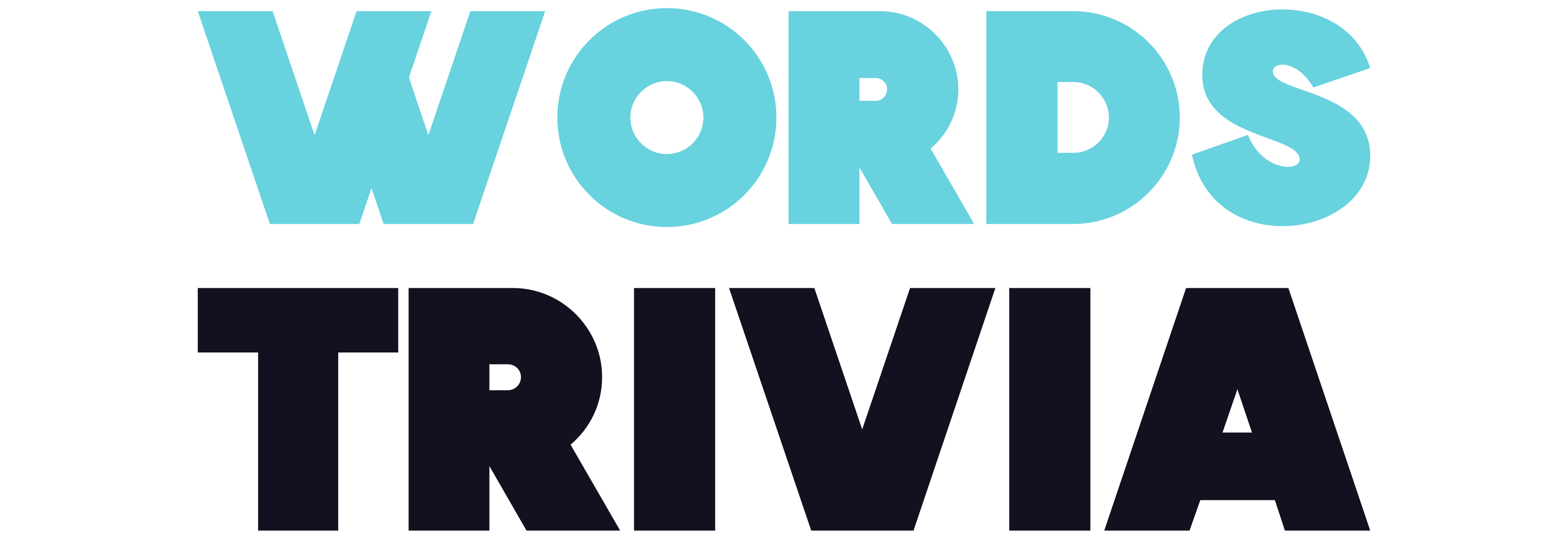Embracing Linguistic Evolution
Language, as we know it, has always been a dynamic entity. Ever-evolving, adapting, and morphing according to socio-cultural shifts, technological advancements, and global interactions. In our present digital age, the influence of technology on language is not just palpable but overwhelmingly transformative. Now, words are not only coined to describe new technologies, but they are also created as a direct result of the way we interact with these technologies. Let's explore a few of the newest tech-based additions to our linguistic arsenal.
The Ubiquitous 'Selfie'
Once upon a time, taking a photo of oneself was simply that – taking a photo. But with the advent of smartphones with front-facing cameras, this action took on a life of its own. The term 'selfie' was coined to describe these self-portraits, and it became so widespread that it was named Oxford Dictionaries' Word of the Year in 2013. Today, 'selfie' is a fixture in our linguistic landscape, symbolizing more than just a photo, but a cultural phenomenon of the digital era.
Streaming and Binge-Watching
Before the digital revolution, we watched television shows on a strict schedule, dictated by broadcasters. With the advent of video streaming platforms like Netflix, Amazon Prime, and Hulu, this changed dramatically. 'Streaming' entered our lexicon to describe the act of watching content directly via the internet, bypassing traditional broadcasting methods.
Along with this came the term 'binge-watching'. This refers to watching multiple episodes of a TV series in one sitting, a behaviour facilitated by the availability of complete seasons of shows on streaming platforms. In 2015, Collins English Dictionary named 'binge-watch' as the word of the year, underlining its cultural significance.
The Rise of 'Cryptocurrency'
As technology reshaped the financial landscape, new forms of digital money, independent of central banks, emerged. 'Cryptocurrency' was the term coined to describe these digital or virtual currencies that use cryptography for security. The most popular among these, Bitcoin, has become synonymous with cryptocurrency, although there are thousands of them today.
The Enigma of 'Blockchain'
Closely related to cryptocurrency is 'blockchain', a complex term that has become nearly as ubiquitous. A blockchain is essentially a decentralized and distributed digital ledger used to record transactions across multiple computers. This technology underpins most cryptocurrencies, including Bitcoin, and has potential applications far beyond, in areas like healthcare, governance, and more.
'App' and the Smartphone Revolution
The term 'app', short for application, has been around for a while. But with the rise of smartphones, 'app' has become a household word, referring specifically to a type of software designed to run on a mobile device. Be it social networking, banking, fitness tracking, or gaming, there's an 'app' for virtually everything today.
The Internet of Things (IoT)
The 'Internet of Things' or 'IoT' is a term that refers to the network of physical devices – from everyday household items like refrigerators and thermostats to industrial machinery – connected to the internet and capable of exchanging data. This technology aims to create a smart, automated environment around us, significantly changing how we live and work.
The Convergence of 'Phubbing'
With the increasing omnipresence of smartphones, new behaviours have emerged and with them, new words. 'Phubbing', a portmanteau of 'phone' and 'snubbing', describes the act of ignoring one's companions in a social setting to look at one's phone instead. While the term may sound amusing, it highlights a serious societal issue of our digital age – the constant distraction and disconnection that smartphones can cause.
Cybersecurity and 'Ransomware'
With the digitalization of data and the proliferation of internet-connected devices, data security has become paramount. 'Ransomware', a type of malicious software designed to block access to a computer system until a sum of money is paid, has become a significant threat. The term itself is a blend of 'ransom' and 'software', highlighting the evolving linguistic creativity in the face of new technological realities.
Conclusion: The Linguistic Landscape of the Digital Age
The influence of technology on language is a testament to the human capacity for adaptation and evolution. As technology continues to advance at breakneck speed, our language will keep pace, birthing new words and phrases that encapsulate the zeitgeist of our digital age. So, whether you're taking a selfie, binge-watching your favourite show, or discussing the implications of blockchain, remember that you're part of a grand linguistic evolution, shaped by the silicon microchips of our time.
